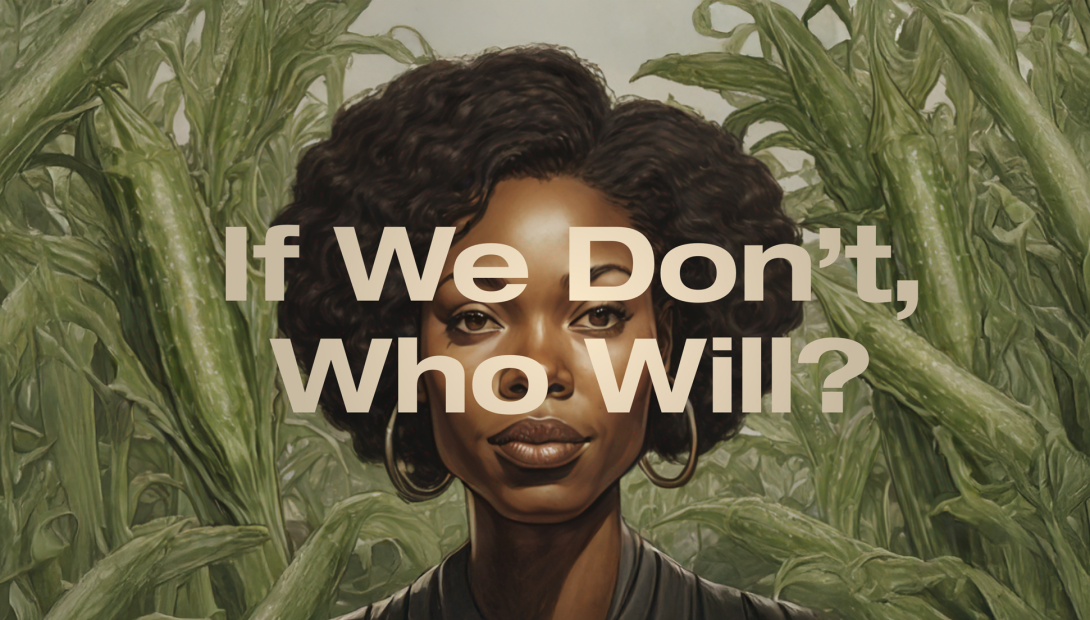The plan includes a series of innovative design, infrastructure and biodiversity solutions aimed at strengthening Downtown Brooklyn’s vibrancy and economy.
DOWNTOWN BROOKLYN — Today, Downtown Brooklyn Partnership (DBP) unveiled the Downtown Brooklyn Public Realm Plan, which puts forth a series of transformative measures that will take Downtown Brooklyn from a traditional central business district geared to car-oriented uses, to a citywide leader in reclaiming streets for greater pedestrian use and creating public spaces that prioritize people and the environment. The specific reforms stem from DBP’s broader vision for the neighborhood, unveiled in 2019, as well as lessons learned in the last year. With an emphasis on green spaces, the plan proposes planting 1,000 new trees, implementing permanent shared streets, and creating an Adams Street greenway that connects DOT’s dedicated bike lane on the Brooklyn Bridge to an extensive Brooklyn bicycle network.
Created by DBP with design firms Bjarke Ingels Group (BIG) and WXY architecture + urban design (WXY), and in close collaboration with NYC DOT, NYC Parks, and a 50+ member steering committee including local resident associations, cultural organizations, educational institutions, businesses, property owners, and houses of worship, the plan calls for the overhaul of key public spaces to provide engaging, accessible outdoor areas for respite, wellness and recreation; expanding the network of shared streets into a core network for safer pedestrian and cyclist use; planting 1,000 new trees to create a greener and more sustainable downtown; transforming Adams Street into a multimodal greenway that builds upon DOT’s implementation of protected bike lanes on the Brooklyn Bridge; and finally, reimagining the Fulton/Livingston bus network to create a more streamlined experience for both transit users and pedestrians sharing the space.
“The pandemic has underscored the need to follow through on our public realm vision for a downtown that prioritizes people over cars and quality green spaces,” said Regina Myer, President of Downtown Brooklyn Partnership. “It has also shown that City agencies are capable of responding swiftly and strategically when necessary. This plan positions Downtown Brooklyn as a model for converting outdated infrastructure that no longer serves its constituents, and we are moving forward with our partners at the City to make our vision a reality.”
Since its rezoning in 2004, Downtown Brooklyn has grown to become a vital mixed-use neighborhood, with a 24 percent increase in population, a 19 percent increase in new businesses, and a 16 percent increase in jobs. But the streetscape no longer serves its primary users — pedestrians, cyclists, and mass transit riders. And, as the 2020 Census notes, Brooklyn experienced the largest population increase of the five boroughs, effectively tying it with Chicago as the third largest city in the nation and further emphasizing the need for adaptable solutions. The plan, which DBP has begun implementing with proof-of-concept projects such as the Hoyt Street streetscape improvements, focuses on the streets between Willoughby and Schermerhorn Streets north and south of the Fulton Mall, mapping a core network of shared streets, new public spaces, and increased biodiversity – with the goals of making Downtown Brooklyn a signature destination and a more livable neighborhood for residents, workers, and visitors.
The Downtown Brooklyn Public Realm Plan proposes the following recommendations:
- Transform Columbus Park, Albee Square + Fleet Street, and University Place into public spaces that are inviting communal gathering places;
- Reimagine Adams Street as a signature multi-modal boulevard that builds upon DOT’s upgrades to the Brooklyn Bridge, creating a more connected and protected bicycle network so commuters can travel safely to and from Manhattan;
- Pedestrianize the Downtown Brooklyn core by widening sidewalks and creating a network of curbless shared streets;
- Plant 1,000 new trees using in-ground and raised planters, and incorporate green walls and rain gardens to improve air quality and reduce urban heat island effect;
- Reevaluate the Fulton/Livingston bus network – adjusting routes to maximize efficiency, alleviate congestion, and enhance the pedestrian experience.
With support from the City, the area’s BIDs and private funds, the Downtown Brooklyn Public Realm Action Plan will address current and anticipated challenges.

